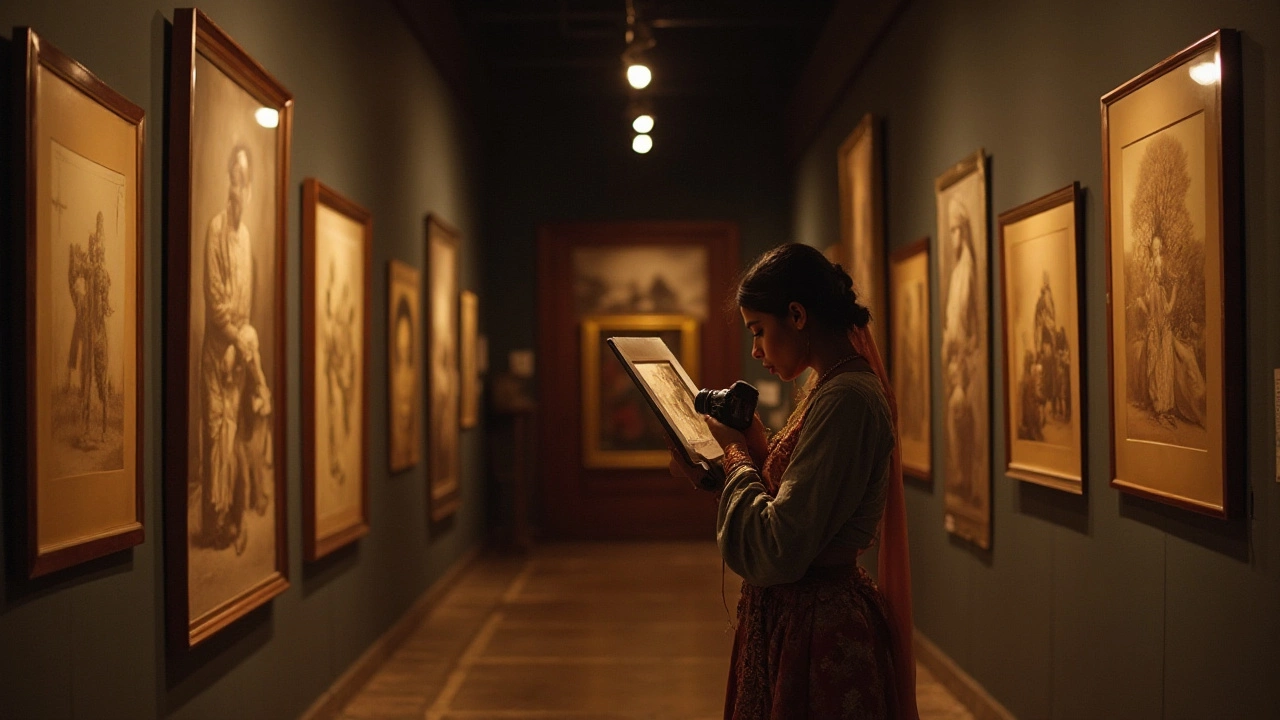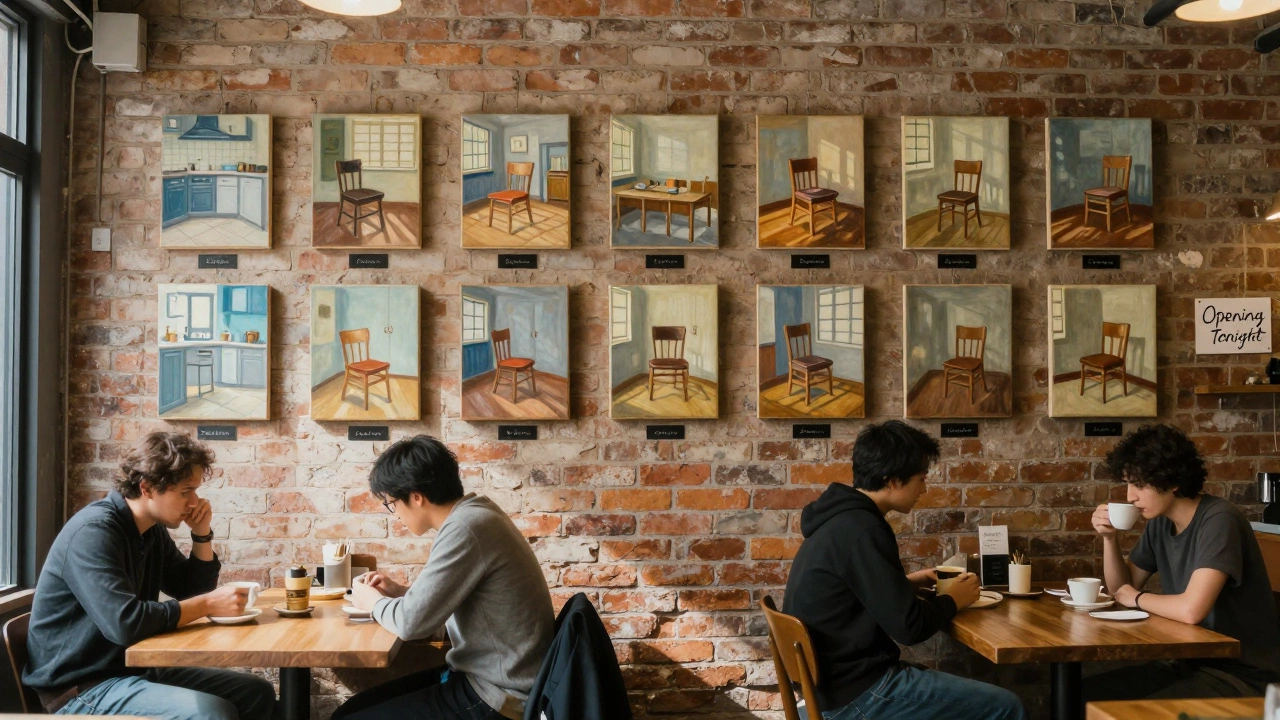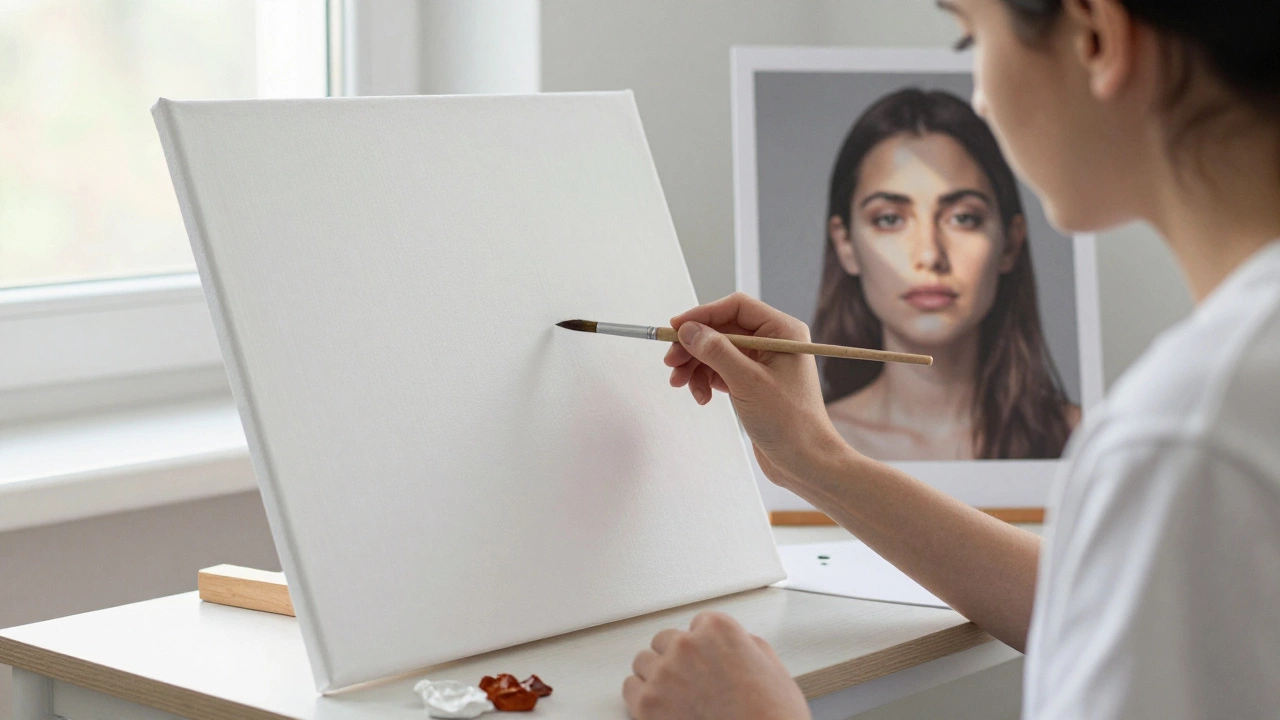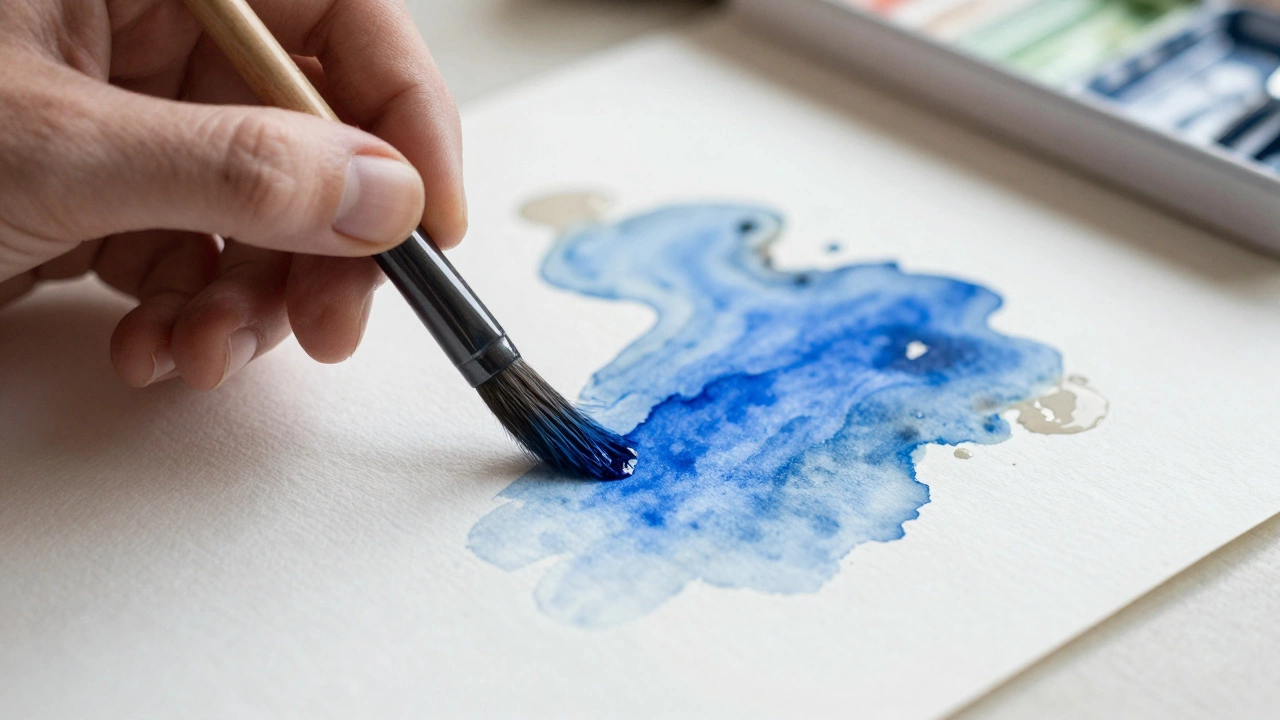The journey of fine art photography is a riveting tale, one that fuses art and technology into a singular expression of creativity. Authority figures in this genre have long been admired for their ability to capture images that transcend the ordinary, turning photos into evocative pieces of art. But who exactly can be deemed the father of fine art photography?
In this exploration, we'll navigate through the luminous history of fine art photography. We'll shine a light on the visionary individuals who catapulted photography from mere documentation to an esteemed art form. Their avant-garde techniques and artistic perspectives eternally shaped the landscape of modern photography.
- The Birth of Fine Art Photography
- Key Pioneers and Their Contributions
- Impact on Modern Photography
- Tips for Aspiring Fine Art Photographers
The Birth of Fine Art Photography
In the mid-19th century, an era bubbling with innovation and cultural shifts, emerged the passion and prowess that would ultimately birth fine art photography. This was a transformative period marked by the gradual evolution of a new artistic medium, one that would marry the intricacies of the visual arts with technological advancement. Early photographs began to be appreciated not just for their documentary value, but also as platforms for artistic expression. Photography started to be endowed with a sense of aesthetics, similar to painting and sculpture, challenging traditional art forms and laying the foundation for what we now cherish as fine art photography.
The pioneers of this field, eager to push the boundaries of what's possible, sought to explore the expressive potential of this new medium. In doing so, they began to meticulously craft photographs with an artistic lens. Painters and sculptors, at first skeptical, found themselves drawn to using cameras to capture imaginative compositions, often drawing inspiration from classical art. This synergy helped propel photography into the realm of fine art. The robustness of this development lay not just in their artistic endeavors, but also in their ceaseless dedication to understanding the technical aspects of light, composition, and timing.
One of the pivotal figures of this burgeoning era was Julia Margaret Cameron, whose pioneering work set a benchmark for portrait artistry. Her ethereal portraits, often marked by a soft focus and an emotive quality, beautifully demonstrated how photography could convey deep emotion while being grounded in reality. In her words, "I longed to arrest all the beauty that came before me and at length, the longing has been satisfied."
The interplay of light and shadow that Cameron mastered effectively communicated nuanced stories, challenging the perception that photography was merely a mechanical recording of what stood in front of the lens.
To further illustrate the expansion of fine art photography, a diverse tapestry of styles began to emerge. Pictorialism, a movement within photography, emphasized beauty, tonality, and composition, effectively bridging the gap between the abstract and the representational. The advent of such movements was the key to asserting photography as a legitimate art form, with exhibitions displaying photographs alongside traditional art pieces, an enormous step toward its acceptance by the art community. They cultivated a culture of experimentation and innovation, influencing countless photographers who followed in their stead.
Additionally, techniques like photogravure, reminiscent of etching, allowed photographers to create prints of exceptional quality. Such technological marvels were not lost on fine art photographers, who quickly adapted them to enhance their work. The marriage between artistry and technology became symbiotic; artists would harness new processes to portray their visions while these technological advancements were propelled by artists' demands for quality and refinement. The birth of this modern art form undoubtedly reshaped the cultural landscape, setting in motion a legacy that would inspire future generations of artists and photographers worldwide. This rich fabric of history continues to unfold as photography evolves, preserving its status as an ever-relevant artistic medium.
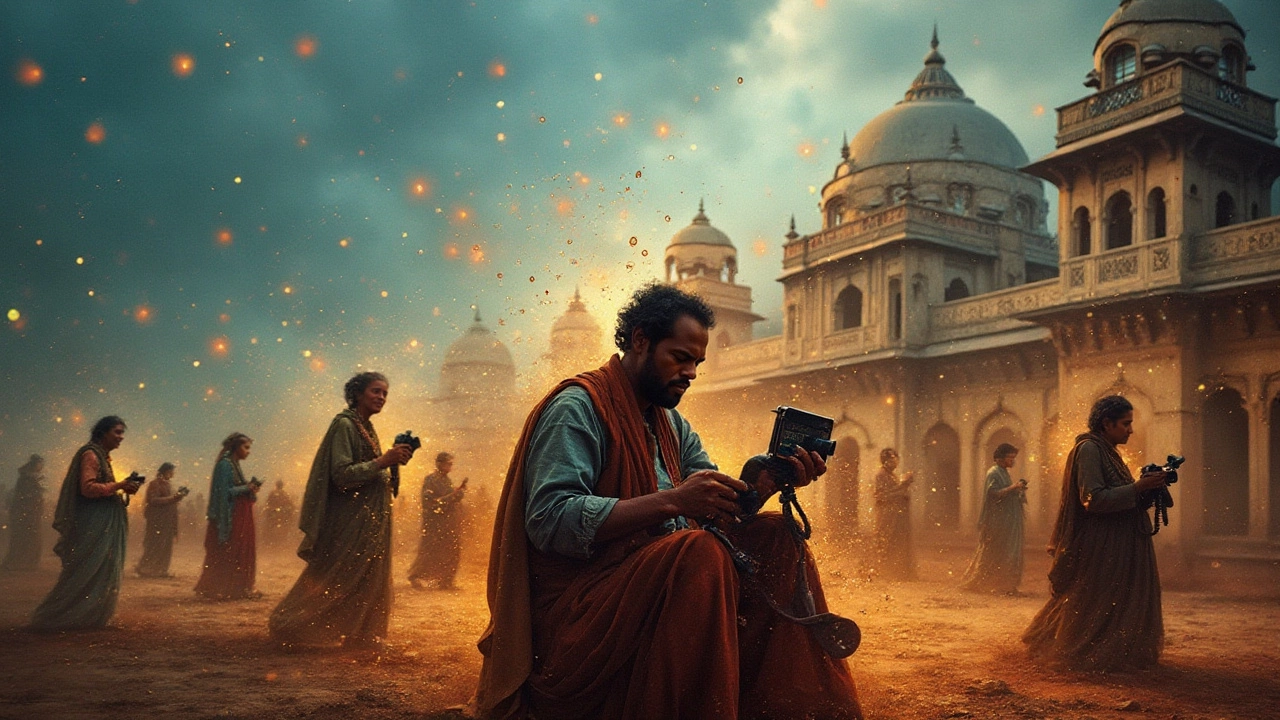
Key Pioneers and Their Contributions
The tapestry of fine art photography is woven with threads of innovation, creativity, and defiance of norms, thanks to the contributions of pioneering figures who forever changed the trajectory of photography as an art form. One such luminary is Alfred Stieglitz, often celebrated for his relentless dedication to elevating photography to the stature of fine art. Stieglitz founded the Photo-Secession movement in the early 20th century, intending to showcase photographic talents and their artistic potential. He believed deeply in the expressive potential of photography, pushing boundaries with his evocative cityscapes and intimate portraits that hinted at the inner worlds of his subjects.
Alfred Stieglitz and the Photo-Secession
Stieglitz's influence was profound not only through his own work but also in how he championed other photographers. His gallery in New York became a nexus for avant-garde artists of all kinds, from photographers to painters, allowing cross-pollination of ideas and techniques among different art forms. This movement reshaped perceptions, proving that images captured through a lens could evoke emotions and profound introspections. "In photography, there is a reality so subtle that it becomes more real than reality," Stieglitz once remarked, underscoring his belief in the depth of the medium. His impact was not just local but served to inspire a global appreciation for the artistry of photography.
Edward Weston and the Transition to Modernism
Another seminal figure was Edward Weston, known for pushing the boundaries of form and composition, making him a beacon of modernism in photography. Weston's work often featured meticulous studies of natural forms, from seashells and vegetables to the human body, rendered with a purity and integrity that set new standards in the artistic community. His dedication to clarity and precision helped transition fine art photography into a new era, one where straightforward depiction and subjective artistic vision co-existed harmoniously. Under Weston's lens, even the mundane teemed with vitality and artistic potential, illustrating his belief in the power of photography to unveil unseen worlds within familiar subjects.
Imogen Cunningham and Pioneering Female Perspectives
Imogen Cunningham stands as a pivotal figure not only for her contributions to fine art photography but also for her role as a pathfinder for female photographers in a predominantly male-dominated field. Her work spanned portraiture, botanical photography, and social commentary, with a distinctive capacity to extract beauty and complexity from her subjects. Cunningham's keen awareness of light, shadow, and movement enabled her portraits, in particular, to convey an honesty and warmth that felt refreshingly intimate. Through her lens, one observes an inclusiveness and curiosity that urge viewers to reconsider everyday scenes and individuals anew, amplifying the humanistic aspect of photography.
The Collective Legacy
These pioneers, among others, each contributed uniquely but with a common purpose: to elevate photography beyond its mechanical origins and into a realm where it could sit confidently next to more traditional art forms. Their legacy lives on in the techniques still taught, the standards still upheld, and the recognition still granted to photography as a powerful and transformative art form. Today, their works are not just historical artifacts but continue to inspire and challenge burgeoning photographers to see the world differently. The paths they paved have allowed modern photography to flourish, becoming an indelible part of the creative fabric of our visual culture.
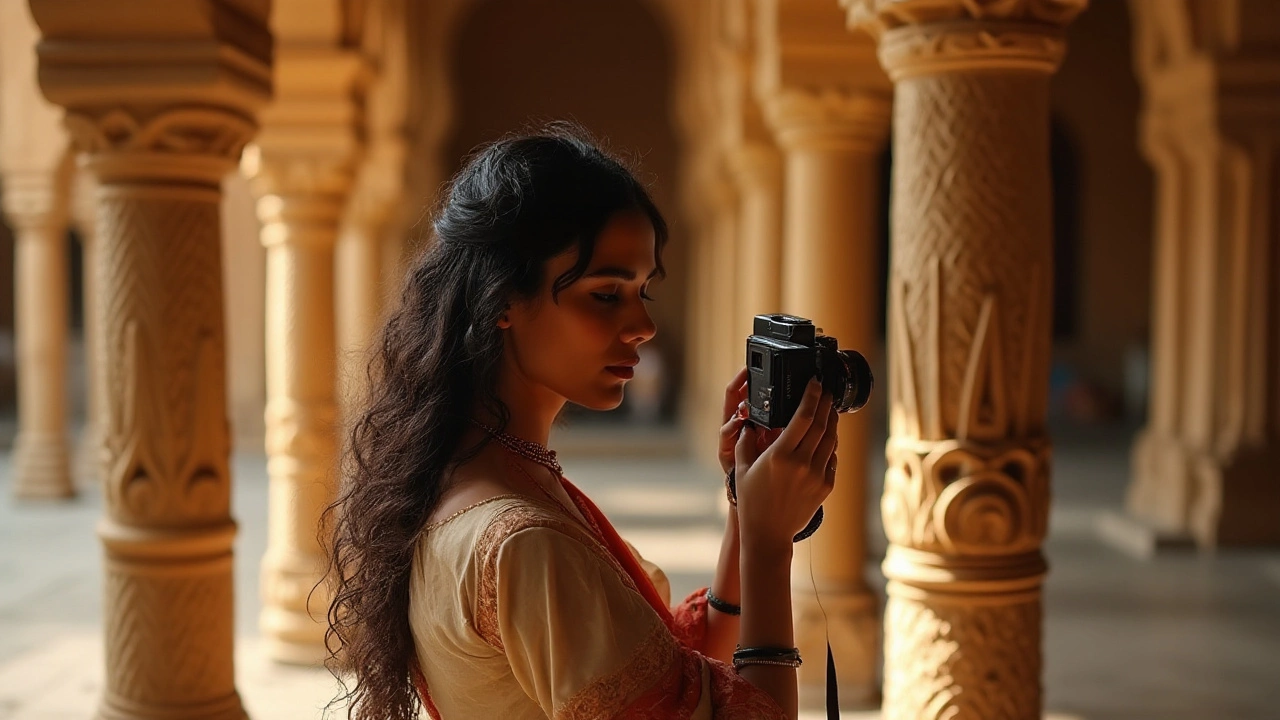
Impact on Modern Photography
When discussing the influence of early pioneers on modern photography, it's crucial to acknowledge how their groundbreaking work has paved the way for today's digital era. These visionary artists transformed photography from its humble beginnings into a sophisticated art form that continues to evolve. They broke away from the confines of traditional painting and sculpture, instead capturing scenes that captured viewers' imaginations and emotions. Many of the techniques they established, like the use of lighting and shadow, are still employed by photographers today.
One cannot overlook how the advancements in camera technology have widened the scope of fine art photography. The introduction of digital cameras and smartphones has democratized photography, making it accessible to anyone with a creative eye. Yet, the foundational principles laid by early photographers remain integral to a notable piece. Even in this fast-paced world where images are consumed rapidly, the art of creating a story through a photograph still holds immense value. Fine art photographers today continue to stress the importance of composition, light, and subject positioning—all core essentials from the past.
An interesting point of note is how fine art photography has blurred the lines between different genres. With the help of technology, photographers are more experimental, incorporating elements from fashion, portrait, and even abstract photography. This eclectic mix has led to more nuanced and captivating pieces, celebrated in exhibitions around the globe. This was perhaps anticipated by luminaries like Ansel Adams, one of the key figures in fine art photography. His dedication to capturing natural landscapes with impeccable detail and emotion set a high bar for future generations.
"A true photograph need not be explained, nor can it be contained in words." – Ansel Adams
Moreover, contemporary fine art photographers often draw inspiration from their predecessors while finding unique voices of their own. The dialogue between past and present is what makes this field so dynamic. When aspiring to follow in the footsteps of these trailblazers, understanding their influence helps to better appreciate and critique the current state of the art. Ultimately, the essence of fine art photography lies in its ability to provoke thought, tell stories, and invite viewers into a personal world envisioned through a lens.
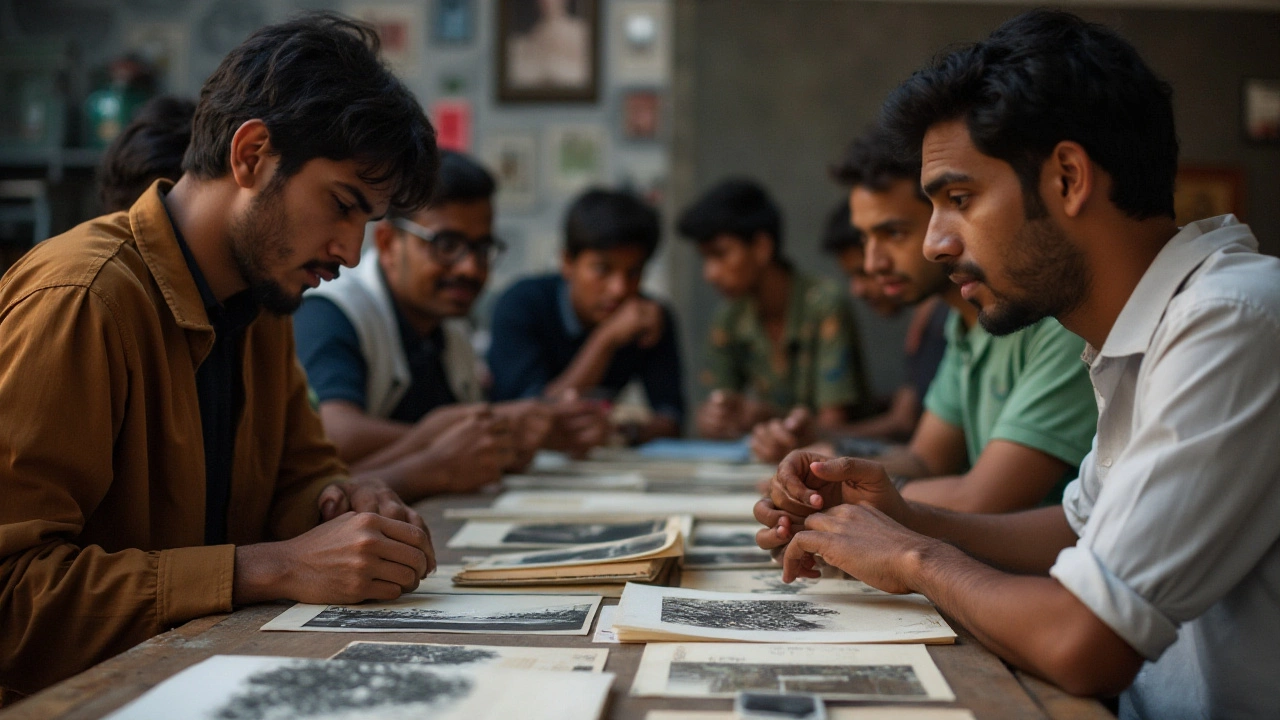
Tips for Aspiring Fine Art Photographers
Embarking on a journey into the world of fine art photography means developing not just technical skills but also a unique artistic voice. To stand out, it is vital to hone your craft by constantly experimenting with techniques and styles. Dive into different mediums and genres. From stark black and white portraits to richly colored landscapes, every sub-genre of photography offers new perspectives and skills to learn. Never hesitate to step out of your comfort zone and explore varied subjects; this will fuel creative growth and innovation.
Another critical aspect is understanding the importance of composition. In fine art photography, composition is akin to a painter’s brushstroke; it defines your work’s emotion and narrative. Experimentation with angles, lighting, and negative space allows photographers to evoke deeper stories through their images. Consistent practice in composing your shots will sharpen your eye for detail. Study photographic masters and analyze the choices behind iconic images. Reflect on your work routinely to gauge areas where you can improve. As Diane Arbus, an iconic photographer, once said,
“A photograph is a secret about a secret. The more it tells you, the less you know.”
Building a strong portfolio is another crucial step. This collection should showcase a coherent theme or story while highlighting your artistic identity. Consider starting with a coherent idea or subject matter that resonates with you personally. Your portfolio is not static; constantly update it by adding your best and most recent work. Curate the selection to reflect your growth and adaptability as an artist. Engage with peers or mentors to receive constructive feedback that can significantly enhance the quality of your work. Never underestimate the power of honest criticism for artistic development.
As technology evolves, so does photography. Keeping abreast with the latest tools and editing software is fundamental for modern fine art photographers. Mastering post-processing can dramatically transform a simple shot into an extraordinary piece of art. Invest time in learning software like Adobe Lightroom or Photoshop, which can offer limitless creative possibilities. The balance between shooting and editing is essential; while the camera captures the moment, post-processing creates the mood and atmosphere. A professional photographer's digital skillset is an extension of their artistic vision, molding the raw image into the desired final product.
Networking and gaining exposure are often underrated but play significant roles in achieving success in the fine art photography industry. Participating in art fairs, galleries, and online forums can open doors to collaborations and exhibitions. Connect with fellow photographers and art enthusiasts on social media platforms and photography communities. Regularly seek out opportunities to showcase your work, whether through contests or magazine features. A presence in the art world encourages dialogue and provides a broader audience for your creations. It's the key to evolving from an aspiring photographer to a recognized artist.
Lastly, remain passionate and patient. The road to mastering fine art photography is not without its challenges. Each obstacle presents a learning opportunity, allowing you to refine both your technical prowess and artistic sensibility. Remember that art is subjective and personal; it thrives on authenticity and emotion. Follow your instincts, embrace experimentation, and let your creative spirit guide you in crafting evocative images that speak to the soul.
